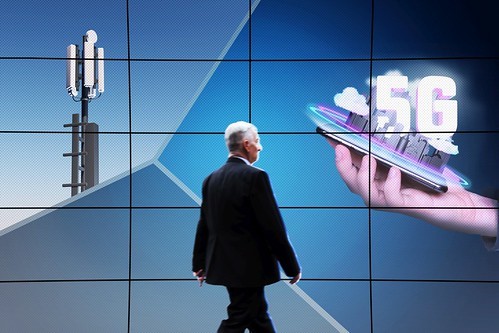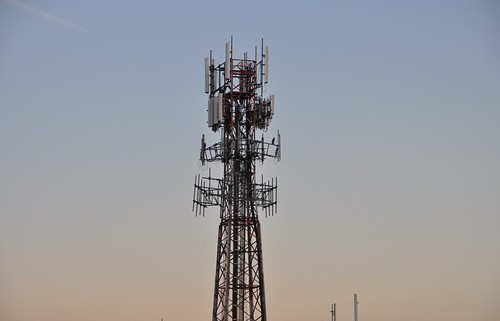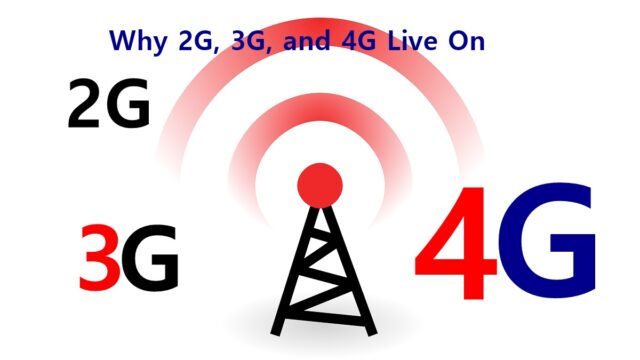With 5G now making waves in major cities and locations around the globe, many users have been left wondering about older systems. What is going to happen to 4G, and how about locations that rely on older 3G and even 2G connection points? By examining the realities of these technologies in action, we can make a fairly accurate guess, and spoilers, even 2G might have a few years left in it yet.
The 5G to 4G Example
Contents [show]
In a more relevant modern context, the most common question we get between the generation systems is what happens to 4G when 5G arrives. This is one of the easier questions to answer, because of the disadvantages that 5G imparts over 4G systems.
5G, for all of its speed, has far more limited range and building penetration than 4G systems. This means that while it can replace 4G connections in urban or smaller environments, it’s not especially viable in rural areas. This goes doubly so for places like woods, where trees will reduce a limited signal even further.

Older Systems
Looking backwards to 3G and 2G, the necessity for upgrades depends largely on a place’s population and funding. Believe it or not, there are still many 2G networks operating over the UK, and the same is true for 3G. So, when will these need to be changed?
To answer this question, we need to take into account use-cases. According to Net Information, 2G connections operate up 64Kbps, not much faster than older dialup modems. This might have held up for early webpages, but for the modern internet, these speeds are effectively useless. Even websites alone couldn’t operate with this speed, let alone something like browser gaming, video streaming, or listening to music.
The same cannot be said for 3G, however, which can operate up to 2Mbps. This might not be enough for high-quality video, but it does work fine for lower resolution steams and music. As High Speed Internet explains, audio streaming services like Spotify and Amazon only require about 256Kbps. This is well within the limits of 3G.
For interactive entertainment, choices on 3G will be more limited. Only the more data-efficient browser gaming titles like those on Space Casino will be reliably playable. This is because the games here like slots, roulette, and blackjack both require only small initial loads and minuscule amounts of ongoing data. Larger experiences like COD mobile, though, would still not be reliably playable at this speed.

Grandfathering In
Given the limitations of 2G and 3G systems, it might seem like a complete replacement makes sense. Replacements are expensive, however, and not always worth the cost. Replacing a 2G tower which is used a few dozen times a year with a modern 4G one could cost thousands, making the upgrade unjustifiable.
Sure, it might be fun to be able to stream ultra-high-quality video from the middle of the countrywide, but how often would that ever be utilised? Since resources aren’t infinite, mobile networks are about cost/benefit measurements. At the moment, the focus is more on bringing 5G to the areas that need it most and then continuing to patch gaps with more 4G towers.
This could mean that the 2G towers you see today will stay in operation for years to come. This might not make them useful for anything but the most basic of systems, but it at least ensures lesser-used areas are still covered. As for when the UK could see complete 4G coverage or better, that could easily be decades away.


